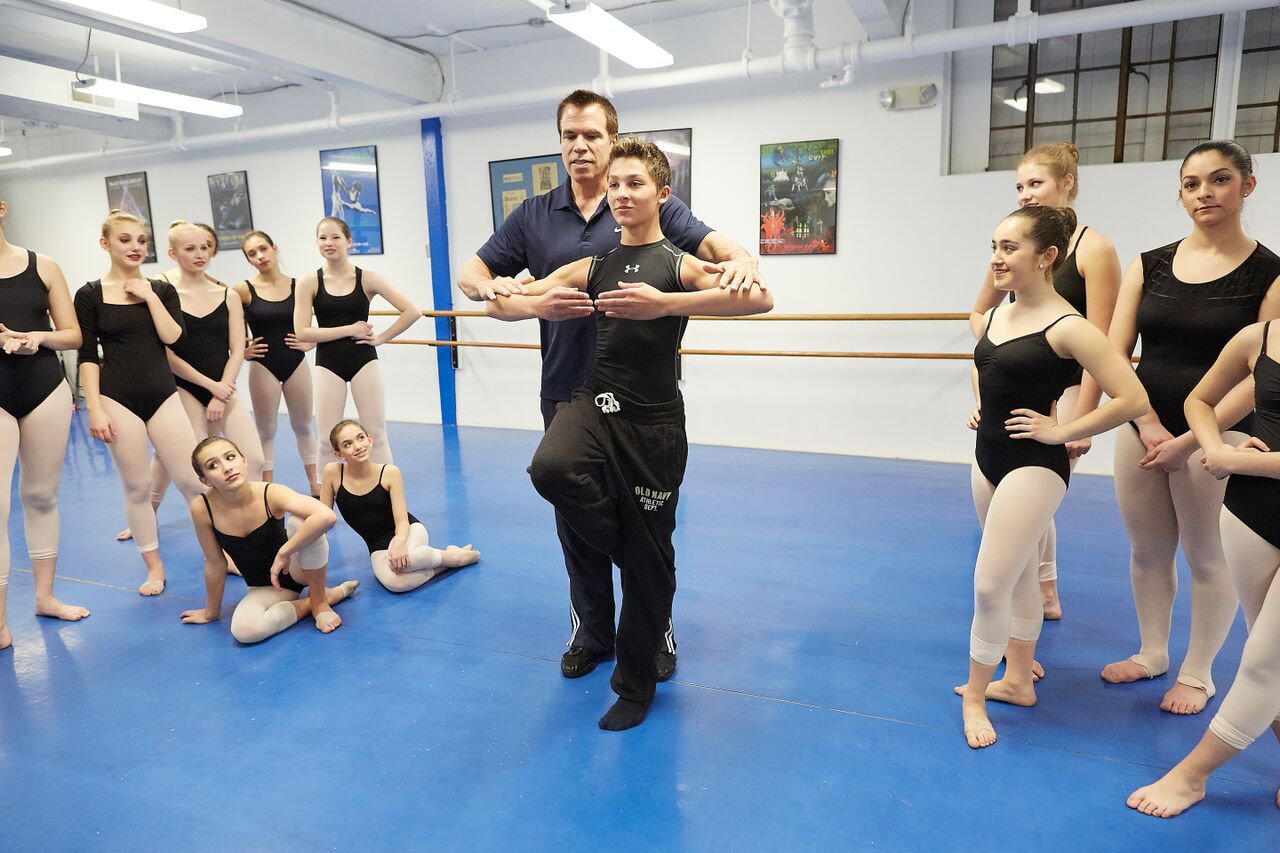
As teachers, our goal is to move our students forward. To help them progress so that they can continually build upon the knowledge we give them. We do that specifically in their technique classes where we aim to start with a strong, fundamental base to ensure their bodies are strong, their minds are present, their habits are good and their muscle-memory is intact. While it is common-sense to all of us that you can’t jump ten steps ahead until these necessary pre-requisites occur, sometimes we get ahead of ourselves and begin to fast-track our students prematurely.
Sometimes this occurs for a number of reasons. Quite possibly, there aren’t enough students for one particular technique class, so classes are combined. Therefore, enrollment consists of mixed ages and levels. At other times the continued pressure from parents believing their child is ready for the next level raises concerns about losing their business. We also assume that sometimes when a student is bored in class it may mean they are not being stimulated enough and perhaps need a challenge; ergo moving them up a level. Often times this is true. But, sometimes it isn’t. All of these situations are valid and realistically occur on a regular basis, but knowing in your gut as a teacher that it’s not always a sprint to the finish line (regardless of their level) can set your dancers up for more successful results in the future.
We always want our dancers to be thinking dancers. We aim for a nice, rich blend of challenge which is going to make them use their brains, but is not out of the realm of their present physical capability. It is a slippery slope to design technique classes and choreography that strike that beautifully ideal balance. Add to that, different levels of talent in the studio and you have an additional variable. What we sometimes need to do is go back to basics with ourselves and our students. While thinking out of the box and manifesting the most difficult combination for a weekly class is great, a technique class redefining and reviewing the elements that made your dancers what they are is a good check-in for everybody from time to time. And, this is true for all levels and ages; from your most advanced dancer to your newest beginner. As dancers advance they will inevitably start to work on autopilot, and while that muscle memory is necessary, we want them to continue to remember how things work, where the body is placed, what the correct transitions are, etc.
Devising a class which focuses on things like clean pirouette preparations and turns, a beautifully turned out arabesque line, a breathy and suspended swing and release and a leap that lands meticulously through every part of the foot are and will always be the building blocks to making them progress. Sometimes taking “a step back” will actually make your dancers move ten steps forward quicker vs. throwing things at them that are not accessible to their ability yet. Furthermore, this shouldn’t be looked at by you or students as “dumbing down” or “demoting.” While younger dancers may feel as though they are bored, or they know all of this “stuff” already, it’s important to take the time to explain so they understand the lesson you really are trying to impart to them. Be clear of why you are teaching what you are teaching at any given time and what your goals are for their technique and training. And when you are in doubt about where your dancers are currently at in their training, go back to basics and watch how quickly they will springboard and excel forward.
Good luck!
See you in the dance studio,
Jessie

